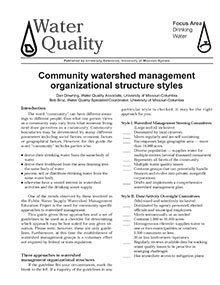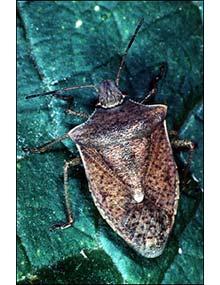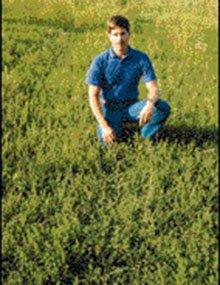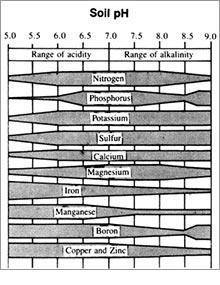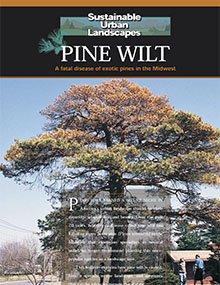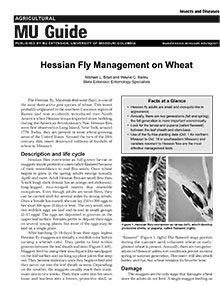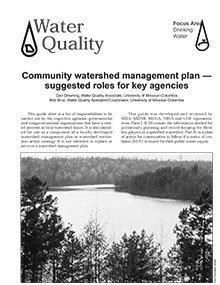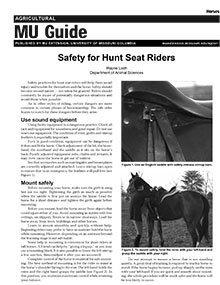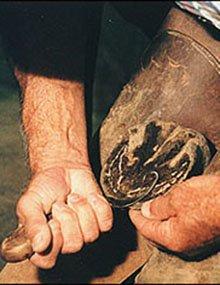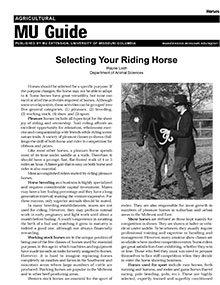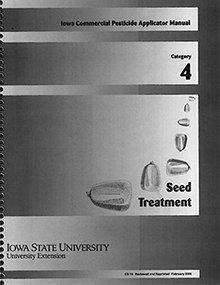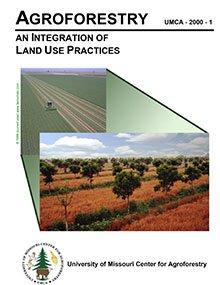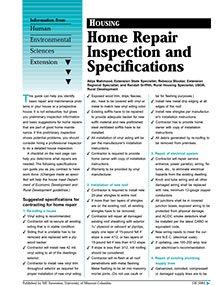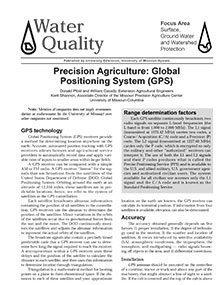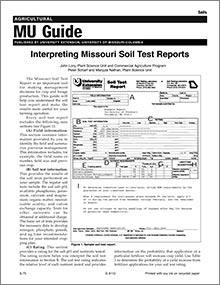Child Abuse and Neglect
Reviewed
Soybean Pest Management: Stink Bugs
New
In Missouri, the green stink bug, Acrosternum hilare (Say), and brown stink bugs, Euschistus spp., commonly infest soybean fields. Learn how to identify them and the damage they cause, how to scout for them, and how to manage them in this guide.
Annual Lespedeza
Reviewed
Annual lespedeza is an acid-tolerant, drought-resistant, summer annual legume useful for pasture, hay & soil improvement. Visit our website to learn more.
Sorghum Midge in Missouri
New
Facts at a glanceThe sorghum midge has several generations each year because of its short life cycle (14 to 16 days).Damaged seed heads are pinkish, appear blasted, and have undeveloped seeds.Begin scouting fields once sorghum starts to pollinate.Grain sorghum is less susceptible to injury if blooming is
Liming Missouri Soils
Reviewed
Pine Wilt: A Fatal Disease of Exotic Pines in the Midwest
New
Pine wilt has killed so many Scots pine trees in the Midwest that extension specialists no longer recommend planting it in the area. Learn what causes pine wilt, how it spreads and what you can do to manage it in this full-color guide from University of M
Soybean Pest Management: Bean Leaf Beetle
New
Facts at a glanceThere are two generations of bean leaf beetle per year in Missouri.Both larvae and adults are soybean pests.
Hessian Fly Management on Wheat
New
Facts at a glanceHessian fly adults are small and mosquito-like in appearance.Annually, there are two generations (fall and spring); the fall generation is more important economically.Look for the larvae and puparia (called flaxseed) between the leaf sheath and stem base.Use of the fly-free planting date
Functional Anatomy of the Horse Foot
Reviewed
A horse’s hoof is composed of the wall, sole and frog. Read this guide to learn more about the functional anatomy of the horse foot.
Safety for Hunt Seat Riders
Reviewed
Safety practices for hunt seat riders will help them avoid injury and trouble for themselves and the horse. Safety should become second nature — not taken for granted. Riders should constantly be aware of potentially dangerous situations and avoid them when possible.
Care of Your Horse’s Feet
Reviewed
Foot care is one of the most neglected horse management practices. Most lameness that impairs the usefulness of a horse can be prevented by proper foot care and reasonable management.
Foot care should be as routine as feeding and watering. It should include:
Small Flock Series: Brooding and Growing Chicks
Revised
Raising a flock of chickens can be difficult. Visit our website today to view our Small Flock Series: Brooding and Growing Chicks.
Eastern Gamagrass
Reviewed
Eastern Gamagrass is a highly productive grass and is a high-quality forage crop. Visit our website today to learn more.
Selecting Your Riding Horse
Revised
Horses should be selected for a specific purpose. If the purpose changes, the horse may not be able to adapt to it. Some horses have great versatility, but none can excel at all of the activities required of horses. Although some overlap exists, these activities can be grouped into five general categories:
Seed Treatment Pest Control (Category 4)
Revised $15
Missouri pesticide applicators, prepare for the Category 4, Seed Treatment Pest Control, certification test given by the Missouri Department of Agriculture with the help of this manual from University of Missouri Extension.
Agroforestry: An Integration of Land Use Practices
New
Editor's note
The following abstract describes a publication that is only available as a downloadable PDF.
Precision Agriculture: Global Positioning System (GPS)
New
Note
Mention of companies does not imply recommendation or endorsement by MU over other companies not mentioned.

